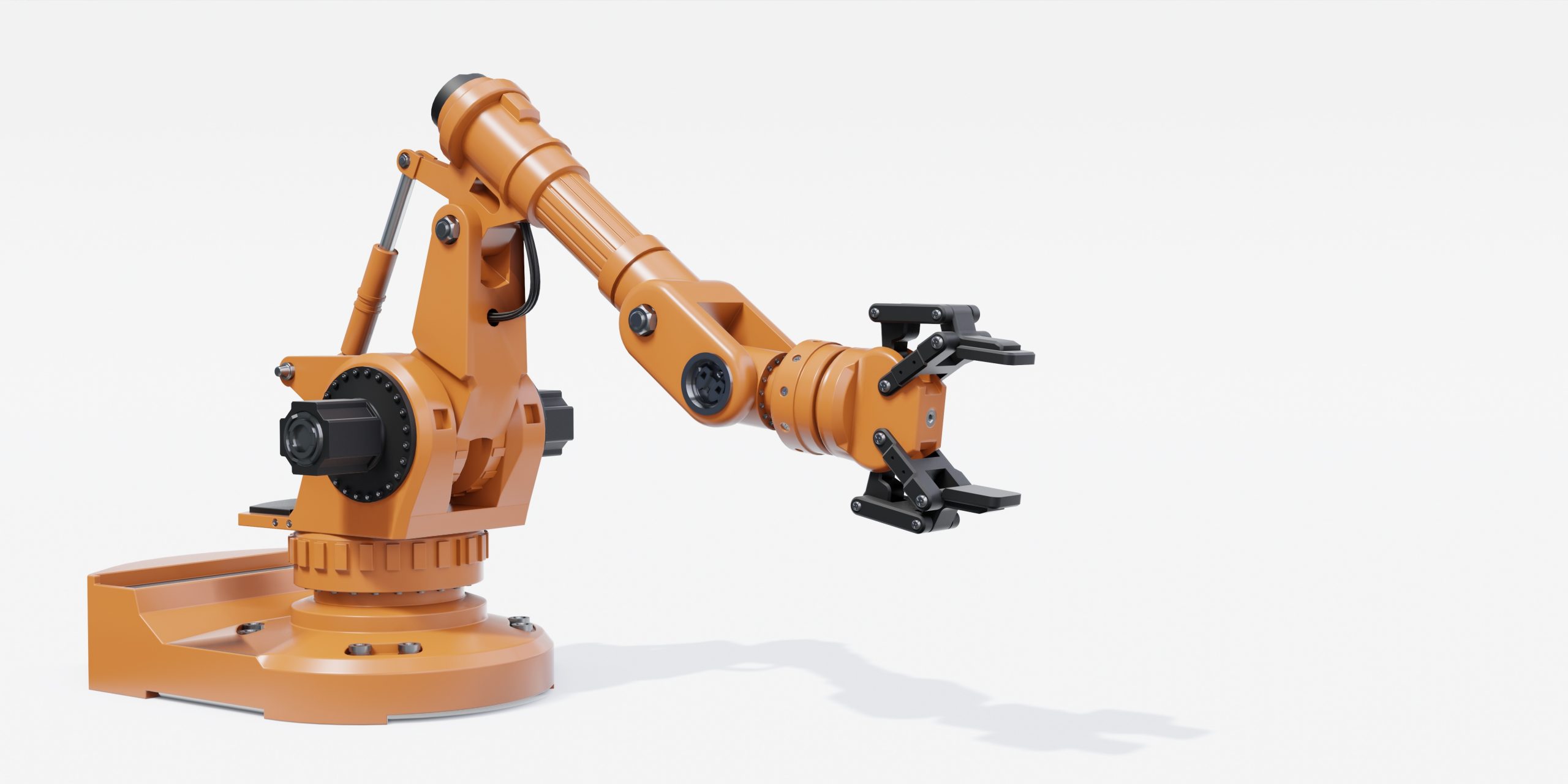Robotic tool changers have dramatically reshaped the landscape of modern manufacturing and automation. These ingenious devices, by allowing robots to switch between tools autonomously, have enhanced productivity and flexibility. However, integrating them is not without its hurdles. In this article, we’ll delve into some of the challenges faced when implementing robot tool changers and provide actionable solutions to address them.
Understanding the Need and Suitability
One of the first stumbling blocks many companies face is understanding the specific needs and determining whether a robot tool changer is the right fit.
Challenges:
- Mismatched Needs: Not every operation requires the versatility of a robot tool changer.
- Complex Integration: Without a clear plan, the integration process can become overly complicated.
Solutions:
- Conduct a comprehensive assessment of operational needs, evaluating the frequency and types of tool changes required.
- Engage with professionals who can offer guidance on the suitability and benefits of integrating a tool changer into your system.
Technical Complexity and Training
The technicalities involved in setting up and operating robot tool changers can be overwhelming, especially for those new to the technology.
Challenges:
- Inadequate Training: Without proper training, mishandling or misconfigurations can occur.
- Software Integration: Ensuring the software component communicates effectively with the hardware can pose challenges.
Solutions:
- Invest in comprehensive training programmes for staff, focusing on both operational and troubleshooting aspects.
- Collaborate with tool changer manufacturers or providers who offer software solutions tailored for their products.
Cost Implications
While robot tool changers promise operational efficiency and flexibility, the initial investment can be substantial.
Challenges:
- High Upfront Costs: Quality tool changers come with significant price tags.
- Maintenance Costs: Regular maintenance and potential replacements add to operational costs.
Solutions:
- Consider a phased implementation strategy, starting with critical operations before expanding to other areas.
- Factor in the long-term savings in labour, enhanced productivity, and reduced downtime when calculating ROI.

Ensuring Safety
The dynamic nature of robot tool changers introduces potential safety risks, especially during swift tool swaps.
Challenges:
- Operational Hazards: Quick-changing tools can pose threats if safety protocols aren’t in place.
- Error Handling: A misconfigured tool changer can lead to operational errors or accidents.
Solutions:
- Regularly review and update safety protocols, ensuring they align with the specific dynamics of the tool changer.
- Opt for tool changers equipped with error detection and emergency release features.
Compatibility Concerns
Robots, tools, and tool changers must function in harmony. Ensuring compatibility can be a tricky endeavour.
Challenges:
- Mismatched Components: Not all tool changers will be compatible with every robot or tool.
- Scalability Issues: As operations grow, ensuring newer tools are compatible can be problematic.
Solutions:
- Work closely with manufacturers to ensure the chosen tool changer aligns with existing robots and tools.
- Plan for the future by selecting tool changers that offer modularity and scalability options.
Conclusion
Robot tool changers, while transformative, come with their set of challenges. By anticipating these hurdles and planning for them, businesses can seamlessly integrate these devices into their operations, reaping the benefits of increased flexibility and productivity. Remember, as with any technological advancement, a combination of thorough research, strategic planning, and professional guidance is the key to successful implementation. Embrace the future, but do so with foresight and preparation.





